Have you come across a site where a person writes about their personal stories or expertise on a topic you’re interested in?
If so, then you might already be familiar with a blog.
From social media to web pages to search results, blogs are all over the place. In fact, if you haven’t realized it yet, you are reading a blog post at this very minute.
So, what is a blog?
If this is a question going through your head right now, you are on the right page. In this guide, I’ll address all of your questions regarding blogs. So, let’s get started.
Disclaimer: If you buy any products through links on this site, I may earn a commission. But it doesn't make any difference to your cost, and it helps me keep this blog running. So you could always read my articles for free.
What is a blog?
A blog is a digital log or an informational site managed by a person, a team, or a business. It offers frequently updated content on a subject and is often written in a casual style.
For example, Partake Foods uses its blog to share healthy food recipes, allergy resources, and new snack ideas.
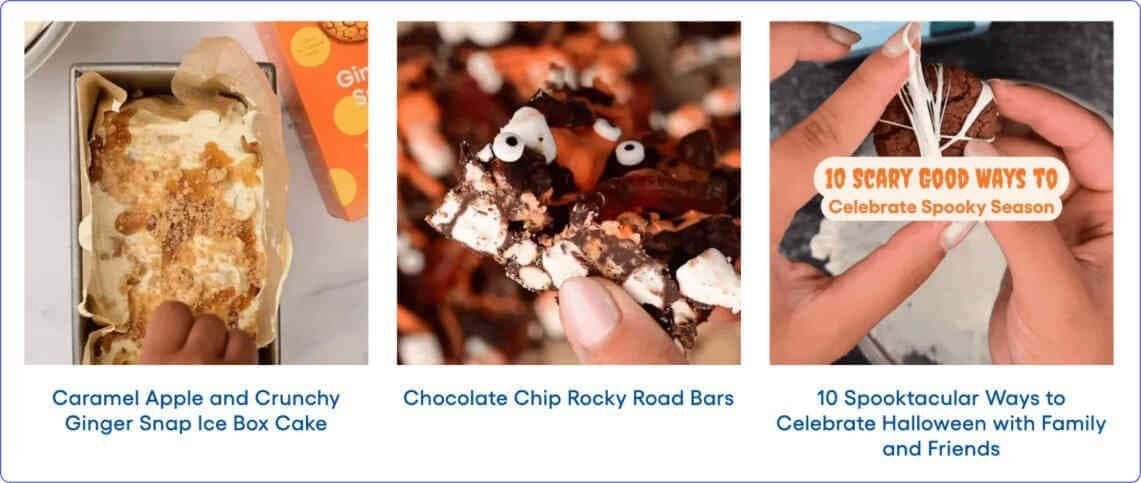
Another key characteristic of a blog is that it displays information in reverse chronological order.
The term blog is a combination of two terms: “web” and “log.” At first, if you were to ask someone, “What is a blog?” they would say it’s like a digital journal.
The meaning of blog back then was different; people used them to record their everyday activities online. Over time, however, the way you define blogs has changed. They have transformed into key platforms for people and brands to spread knowledge and news.
And that’s not all. Many individuals even earn a living by choosing blogging as their profession.
As the publishing industry has transformed, its focus has shifted online. Consequently, blogs have become the center of the online content space. To date, there are more than 600 million blogs out of 1.9 billion websites in the world.
Blogs provide information, views, and solid insights. Although not a substitute for broadcast or print media, people are using blogs more and more to find solutions to their queries.
Blogs are constantly improving, whether you consider how and why you use them.
So, to answer the question “What is a blog?” I would say they are a medium of creative expression and brand promotion.
Components of a blog
A blog is a collection of posts or articles. The look of your blog may change based on the blogging services you use and how you style it. However, there are some basic features that you’ll see in most blogs.
Header
The upper part of a blog will typically feature the name of a blog or a logo. Also, it will have a set of links to help the reader discover various parts of the blog.
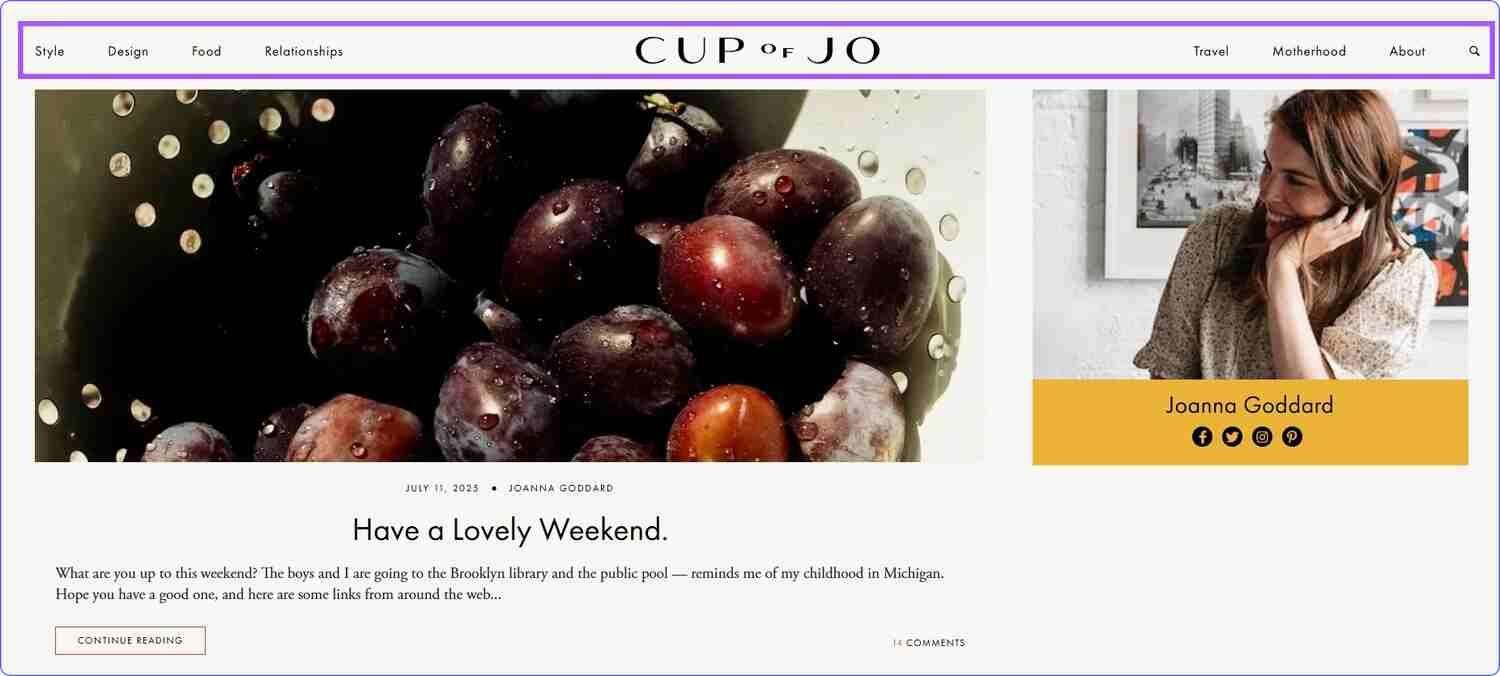
If you own a blog, you can organize blog posts by categories, to help visitors find the articles on the topic they like.
Content body
What is a blog without the content body? It’s where the information from your articles is shown. Each article typically has a heading, posting date, writer’s name, and the core material of the piece.
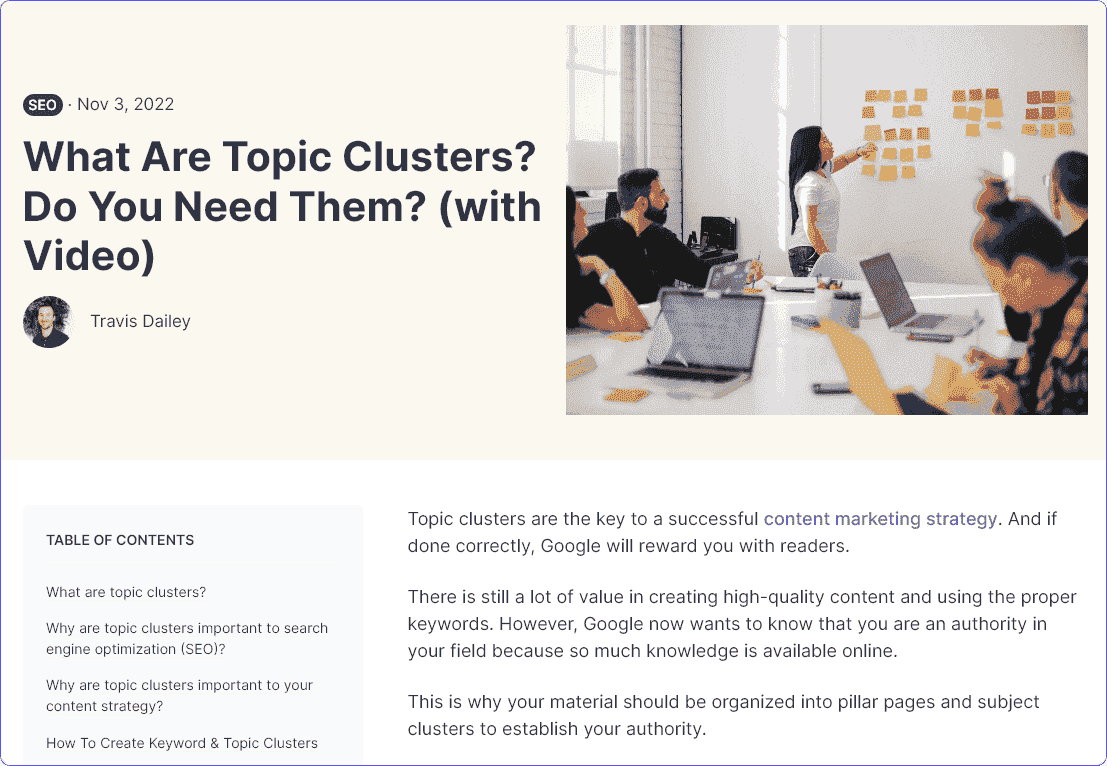
This material can have written content, pictures, videos, or other media types.
Sidebar
A blog can have a sidebar located on either side of the primary content section. The sidebar typically includes further details or functionalities like a search field, featured articles, tags, and categories.
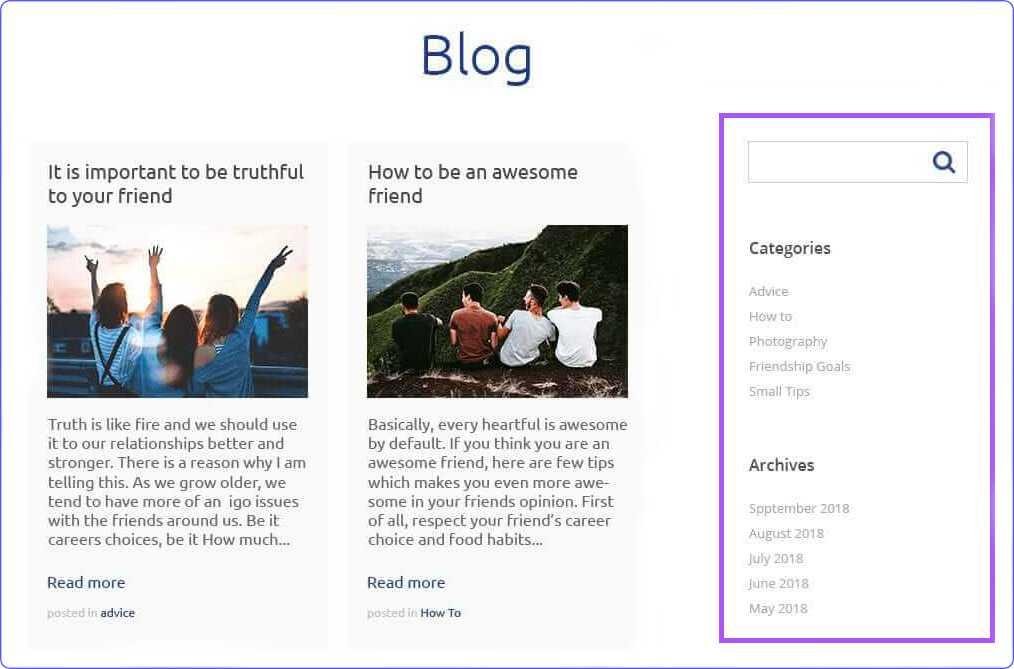
It might also include an about segment, social media buttons, and ads. Besides that, you can use the sidebar to define your blog’s menu and structure for your readers and search engines.
Comments
A lot of blogs let readers post their thoughts below the articles. Comments can generally be found underneath the main text of an article. And it can allow users to reply to other users’ responses and support them.
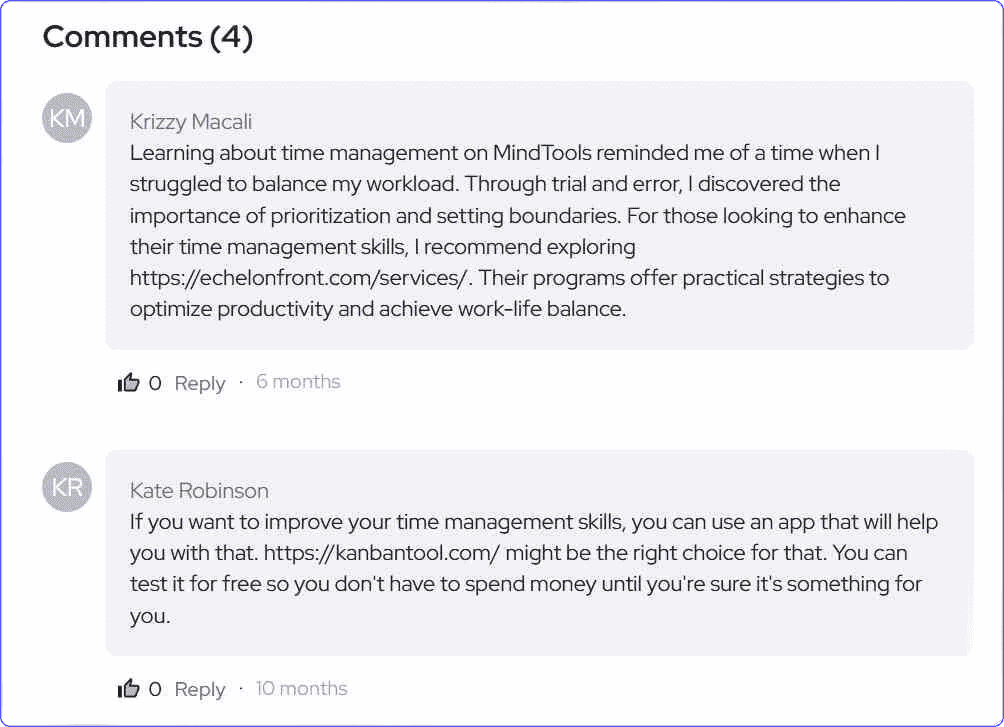
Before allowing readers to leave comments on your posts, ensure you have the bandwidth to handle the conversations efficiently. You’ll have to look out for automated comments and remove them.
On top of that, you’ll have to keep an eye out for comments from real users who you can engage.
Footer
The space at the end of a blog typically includes details on the author’s right to his work, privacy policy, terms and conditions of using the blog, and extra options to explore.
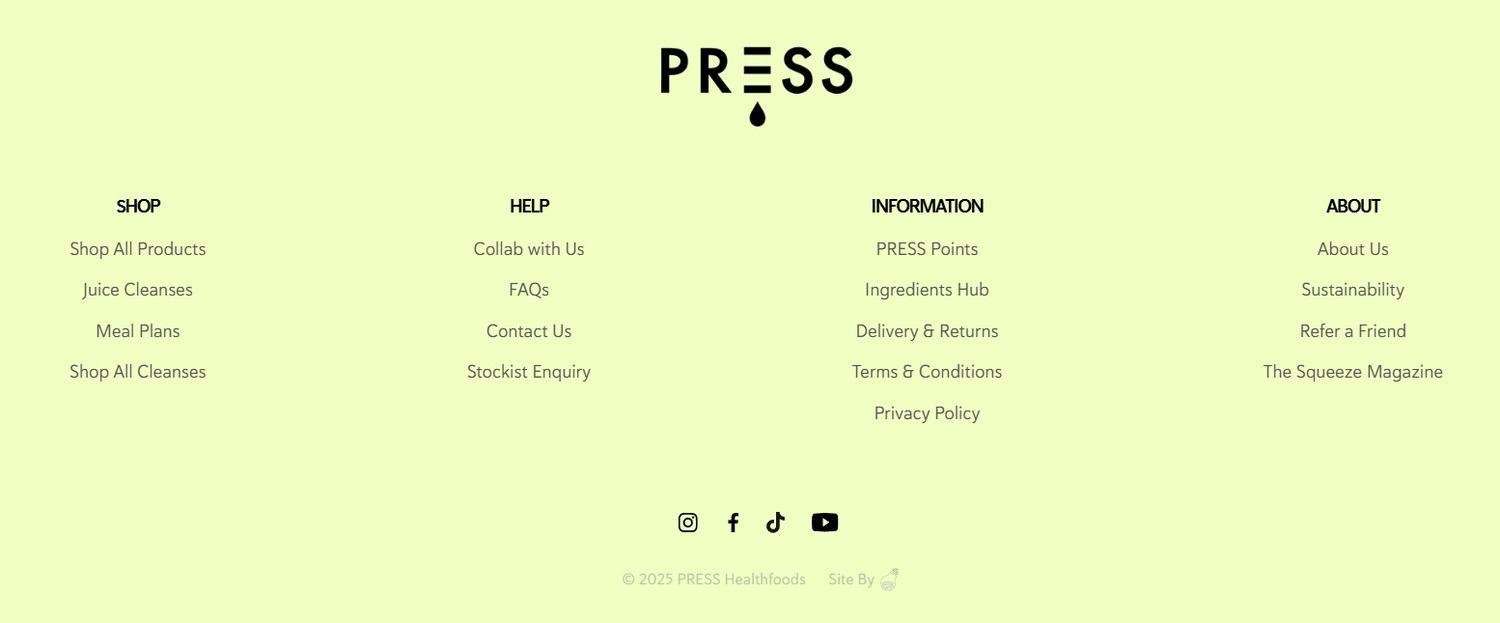
Occasionally, it may also feature modules like signup forms, social media links, or recommended articles.
Website vs blog
When it comes to digital presence, the terms “website” and “blog” often get tossed around. You already know the answer to “What is a blog?” So, what makes it different from a website?
Website: Think of a website as your online storefront. It’s a static space housing various pages (Home, About, Services, Contact). Websites typically offer a broader spectrum of information and services.
For example, Amazon’s website provides everything from product listings to customer support. Websites can include multiple elements like blogs, e-commerce sections, and portfolios.
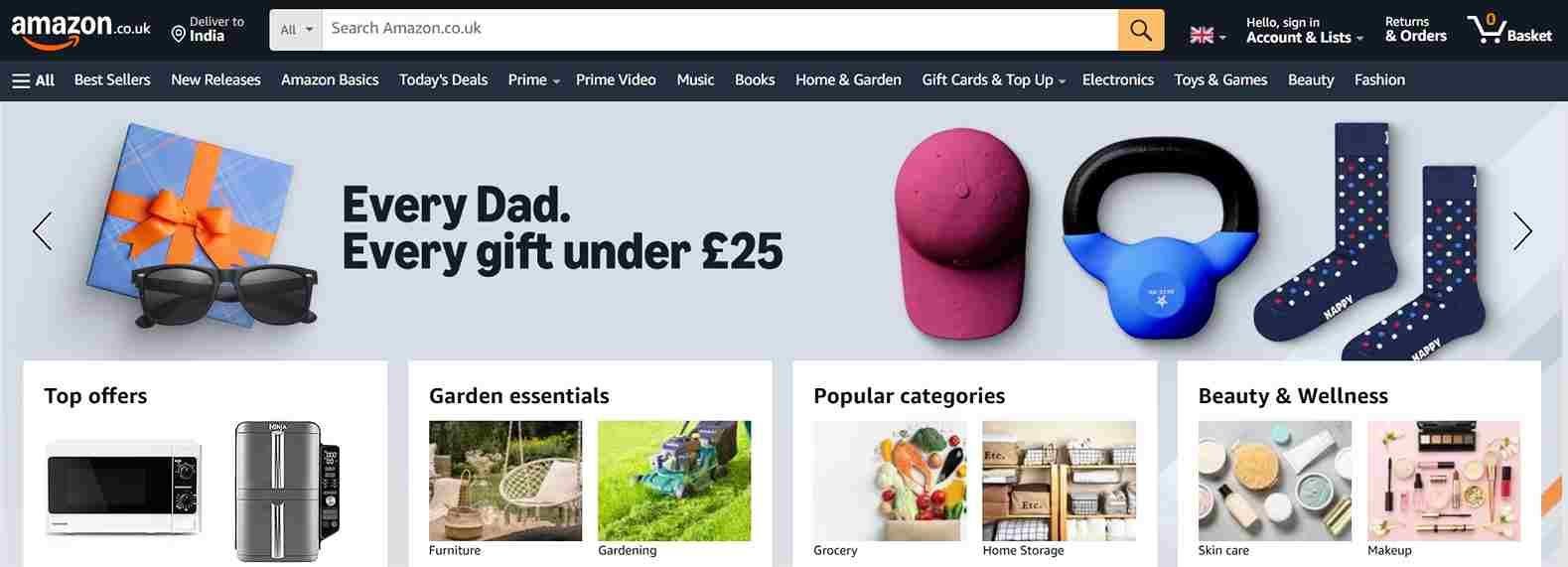
Blog: Knowing the meaning of blog, you can say it’s more like an online journal within a website. It focuses on regularly updated content like articles, tips, and stories.
For instance, The HuffPost is primarily a blog where new articles are published daily on various topics. Blogs are conversational and engage with readers through comments and shares.

- Websites offer a wide range of information and services, while blogs, as you can guess from the blog definition I gave above, focus on fresh, engaging content.
- Websites are static (rarely change), whereas blogs are dynamic (updated frequently).
- Blogs encourage reader interaction through comments, unlike static websites.
If you’re starting, a blog can help build an audience and boost SEO. For businesses, integrating a blog within a website can provide valuable content while also driving traffic.
In summary, websites provide the structure, while blogs bring the conversation. Together, they create a powerful online presence.
Blog vs blog post
When you’re diving into the world of online writing, you might stumble upon the terms “blog” and “blog post.” So, what’s the difference?
Blog: The entire online space or platform where you regularly publish content; that’s what a blog is. Think of it as an online journal or a digital magazine.
For instance, TechCrunch is a well-known blog that focuses on the latest tech news and startup stories. It houses all the articles they publish.
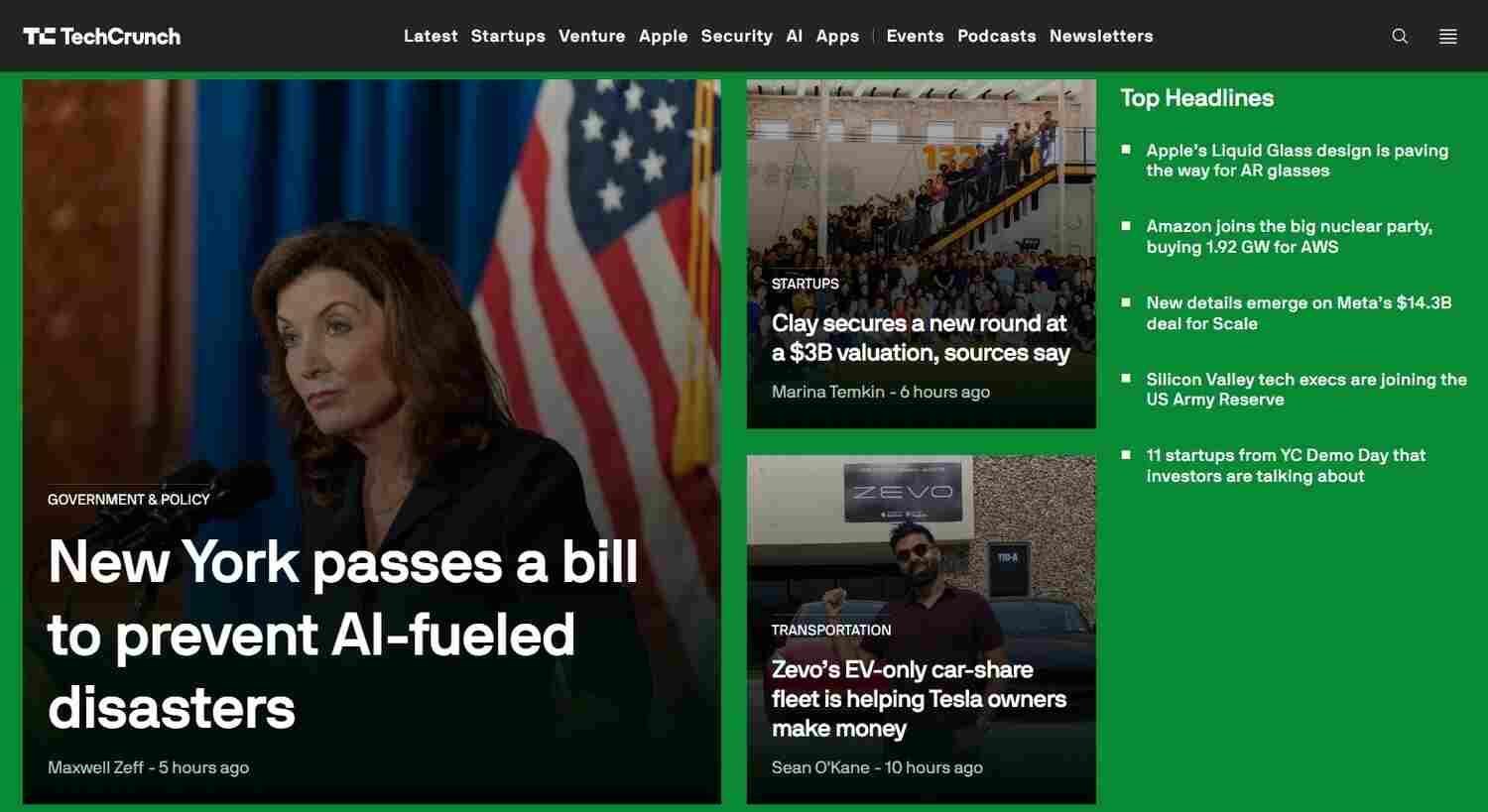
Blog Post: A blog post, on the other hand, is a single entry or article published on a blog. It’s like a chapter in a book.

For example, when TechCrunch publishes an article about the latest iPhone release, that article is a blog post.
Key differences
Understanding what a blog is will help you see how it differs from a blog post. A blog is the whole platform, while a blog post is just one piece of content within that platform.
Blogs are made up of multiple blog posts, each with its own topic, date, and author.
If you’re starting a blog, focus on creating useful blog posts that offer value to your readers. Consistent, well-written posts can help build your audience and establish your credibility.
In short, the difference between the meaning of blog and blog post is that the former is the collection of all your articles, and the latter is just one of those individual articles.
Why start a blog?
Starting a blog gives you a unique platform to share your thoughts, experiences, and passions with the world. Whether you’re into travel, cooking, tech, or anything in between, a blog is your space to shine.
Build a community
If this is the first time you are dealing with the question “What is a blog?”, then you might not know that it can help you connect with like-minded individuals. By sharing your interests and insights, you attract readers who share your enthusiasm.
For example, Brian Dean’s blog on digital marketing has built a massive following by offering valuable insights and fostering engagement.
Enhance your skills
Blogging hones your writing, research, and critical thinking skills. For instance, writing regularly improves your ability to communicate ideas clearly and effectively.
Plus, you’ll learn about SEO, social media marketing, and other valuable skills along the way.
Boost your career
A well-maintained blog can act as an online portfolio, showcasing your expertise. So, if your definition of blog means a way to boost your career, then it’s an excellent way to demonstrate your knowledge and passion in a particular field.
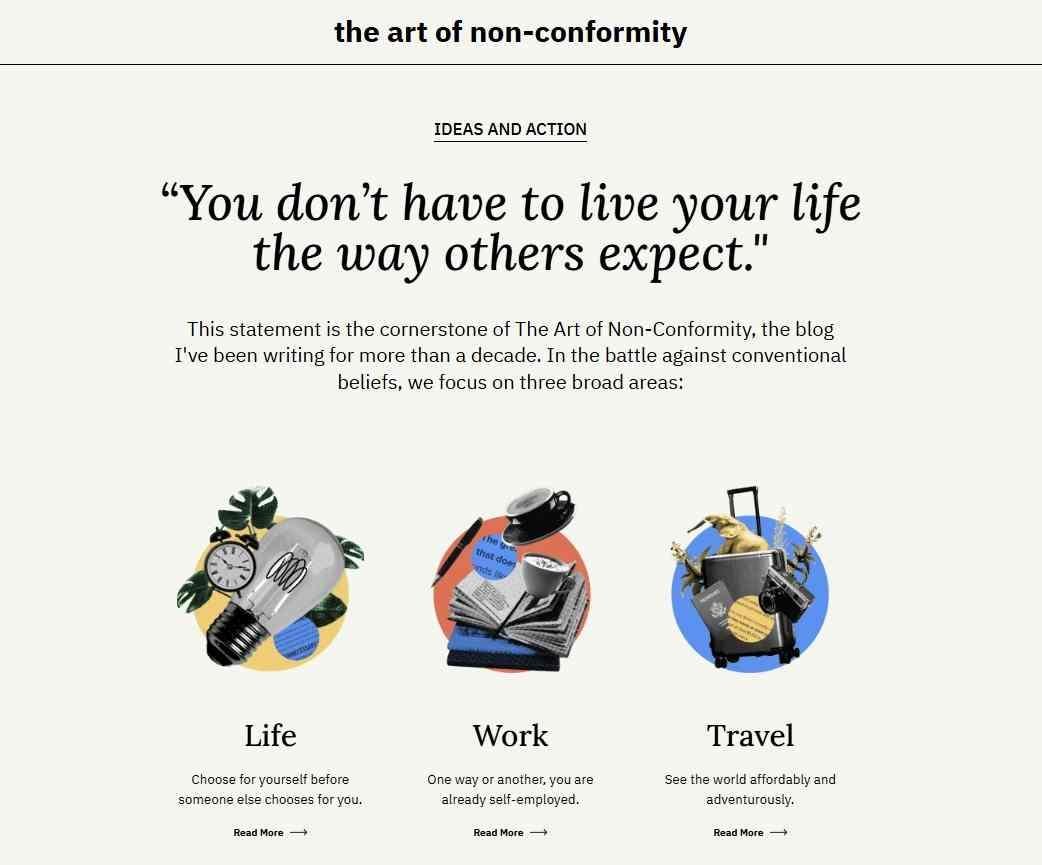
Many professionals, like Chris Guillebeau, have leveraged their blogs to establish themselves as thought leaders and authors.
Generate income
When you first thought of the question “What is a blog?”, income might not have been the primary goal. So, it’s an added bonus that blogs can generate income through ads, sponsorships, and affiliate marketing.
For example, Pat Flynn of Smart Passive Income turned his blog into a thriving business, earning substantial passive income.
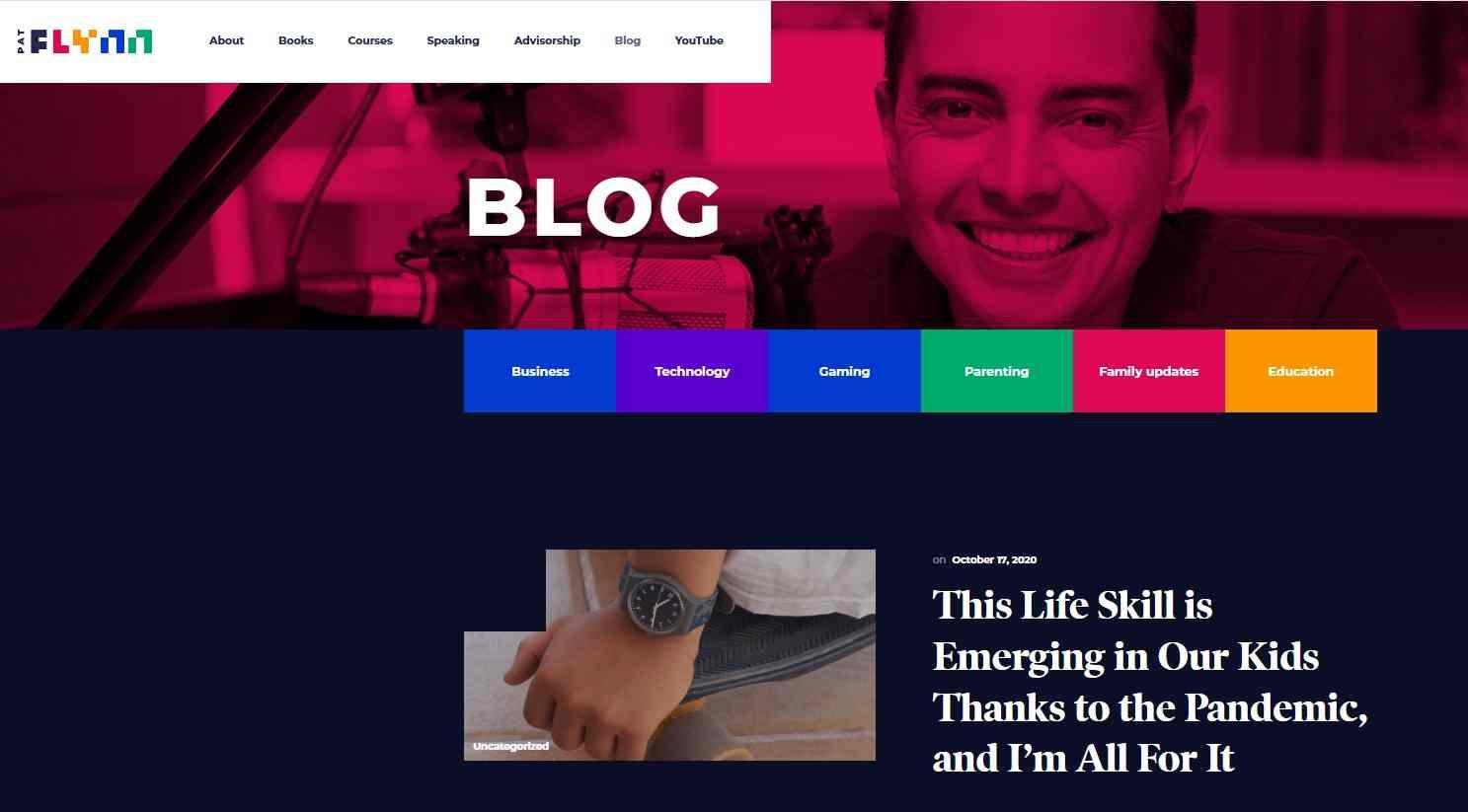
In essence, starting a blog offers a creative outlet, helps you build a community, enhances your skills, and can even boost your career or generate income.
Steps to create a blog
Starting a blog can be a rewarding way to share your passions, connect with like-minded people, and even build a personal brand. Here’s a step-by-step guide to getting your blog up and running.
Choose a niche
By now, you already know what a blog is, but did you know that in order to build one, you need to decide on the central theme or niche? This should be something you’re passionate about and knowledgeable in.
For instance, if you love cooking and have unique recipes to share, a food blog could be perfect.
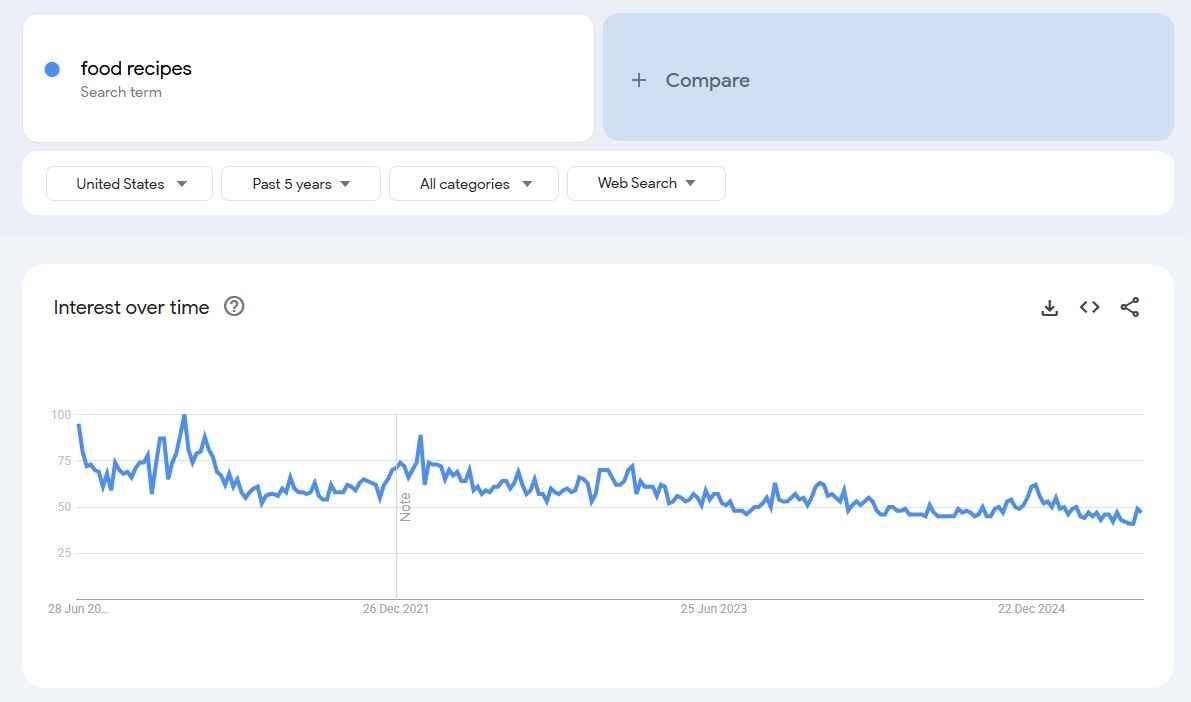
Narrowing your focus helps attract a specific audience. Tools like Google Trends can help you gauge interest in various topics, ensuring you pick a niche with enough audience potential.
Pick a platform
Next, choose a blogging platform. The most popular and robust option is WordPress. It offers extensive customization and a vast range of plugins and themes.
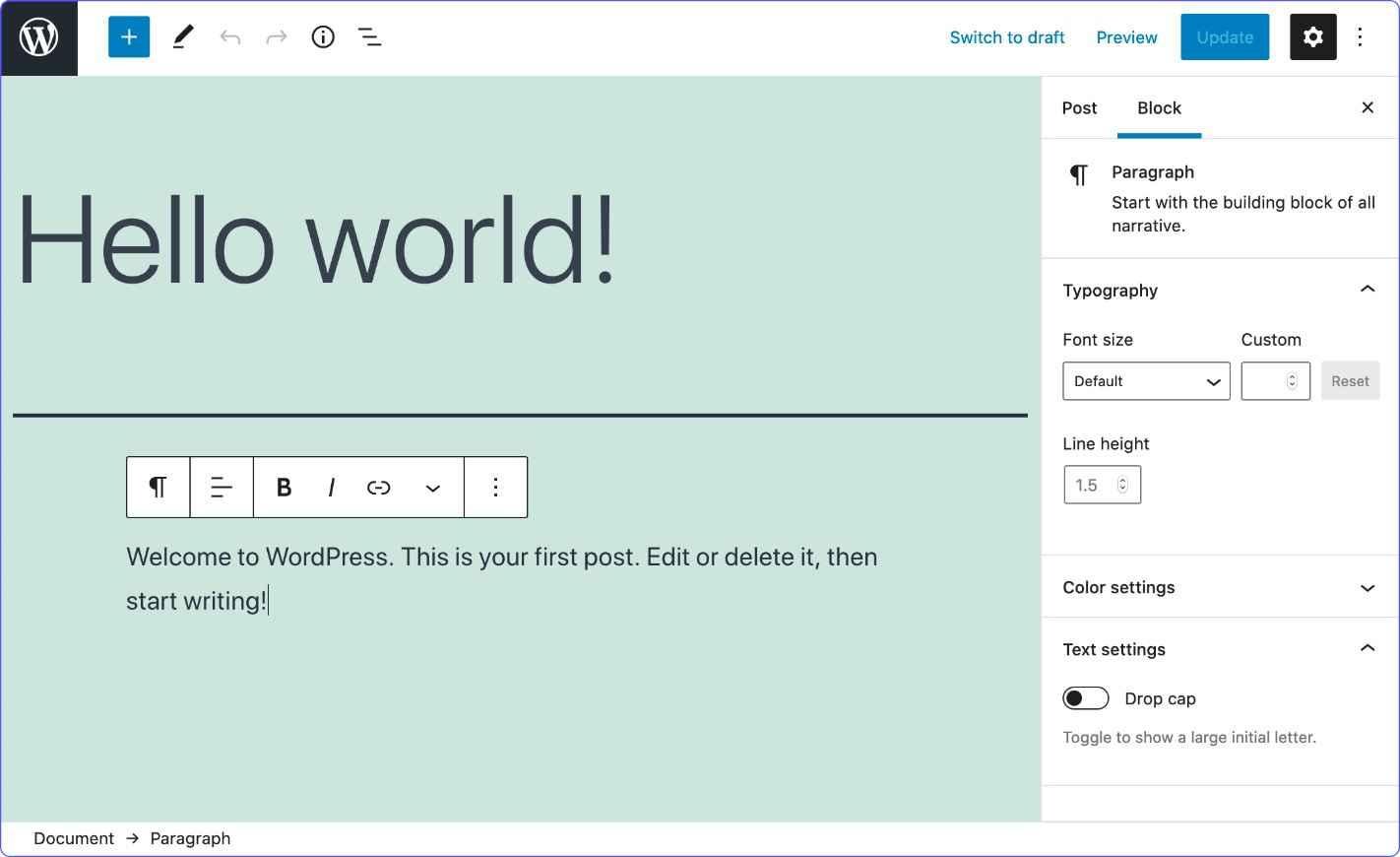
Alternatives like Squarespace and Wix provide easy-to-use, drag-and-drop design tools that are perfect for beginners.
Select a domain name
Your domain name is your blog’s unique address on the internet. Choose a name that’s memorable, relevant to your niche, and easy to spell.
Keep the blog name short, and avoid using numbers or hyphens.
Use domain name generators like Namecheap or GoDaddy to brainstorm ideas and check domain availability.
Design your blog
What is a blog without a good design? So, once you’ve chosen a platform and domain, it’s time to design your blog. For that, I’d recommend installing a template or theme. Select a theme that reflects your style and is easy to navigate.
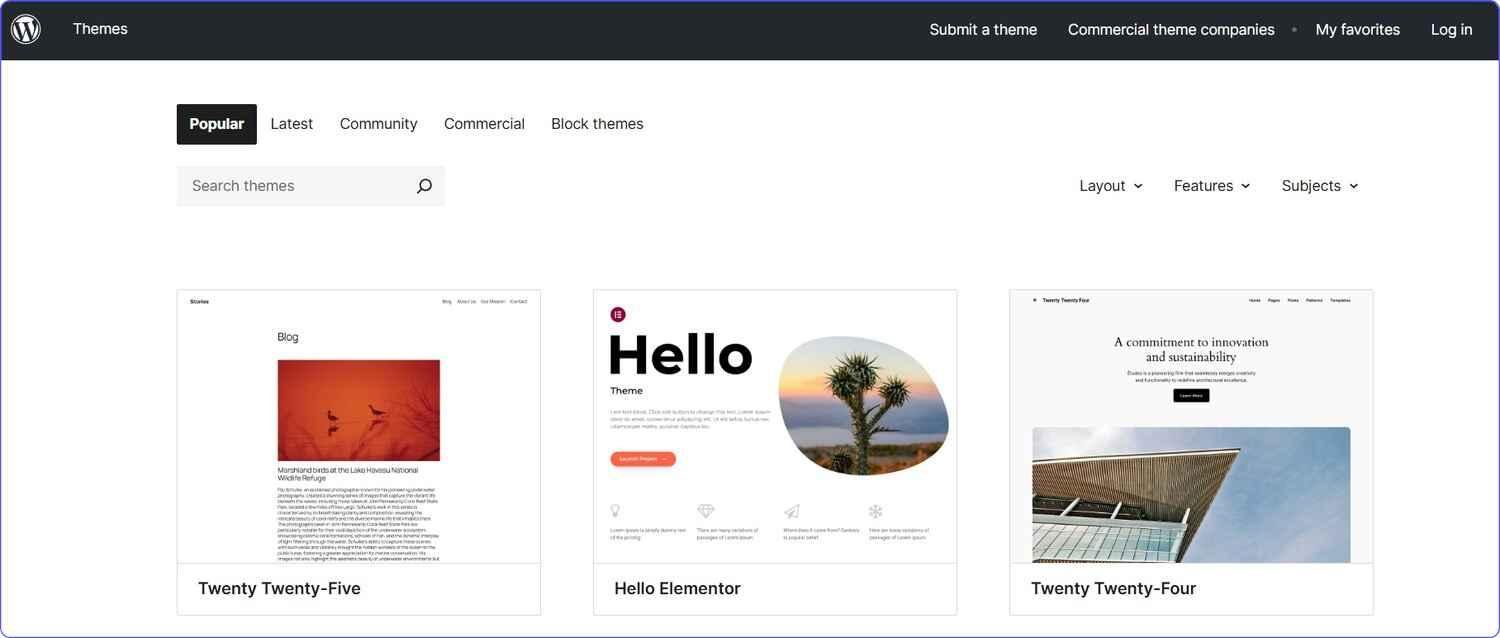
Your blog’s design should be clean and visually appealing. You don’t need something too fancy. The goal is to make it easy for readers to find and enjoy your content.
Explore the theme options on your chosen platform and pick one that aligns with your brand. You can customize colors, fonts, and layout to create a cohesive look.
Write your first post
Now, it’s time to write your first blog post. You can’t define a blog without mentioning posts, so instead of starting somewhere random, I suggest having a plan for your blog. And come up with a number of blog post ideas aligned with your blog strategy.
Once you have selected a blog post topic, start with an engaging introduction that draws readers in. Share your expertise, personal experiences, and valuable insights related to your niche.
For example, if you’re starting a travel blog, write about a memorable trip and include practical tips for fellow travelers.
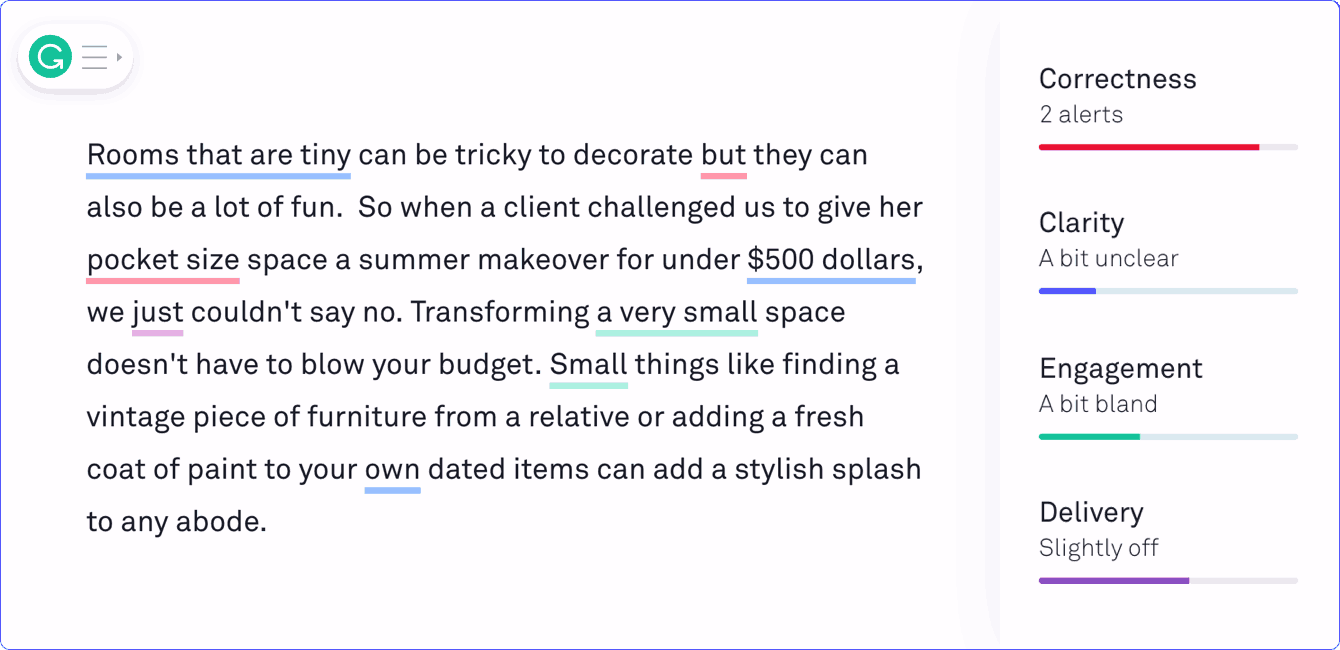
Use writing tools like Grammarly to check for grammar and spelling errors, ensuring your post is polished and professional.
To learn more, check out my post on how to write a blog post.
Promote your blog
Just understanding the meaning of blogs and creating great content is not enough. That’s just the beginning. To attract readers, you’ll need to promote your blog.
Share your posts on social media platforms like Facebook, Twitter, and Instagram. It’s also a good idea to engage with other bloggers in your niche by commenting on their posts and participating in online communities.
You can use social media management tools like Hootsuite to schedule and manage your posts across multiple platforms.
For more details, read my post on ways to promote your blog posts.
Final thoughts on blogging
Blogging is a journey, and you’re the captain. You decide the pace, tone, and direction.
As you write, you’ll refine your voice and style. Experiment with formats, like videos or podcasts.
Don’t be too hard on yourself – mistakes happen. Learn from them and move on.
Consistency is key. Regular posts keep your audience engaged.
Knowing “What is a blog?” and using that knowledge to start one can open doors to new opportunities, like collaborations or even career changes.
Stay authentic, patient, and persistent. Your unique perspective is valuable. Share it with the world!
Did I miss anything? Did you try these tips? Do you have any questions or comments? Share your thoughts below in the comments section.




